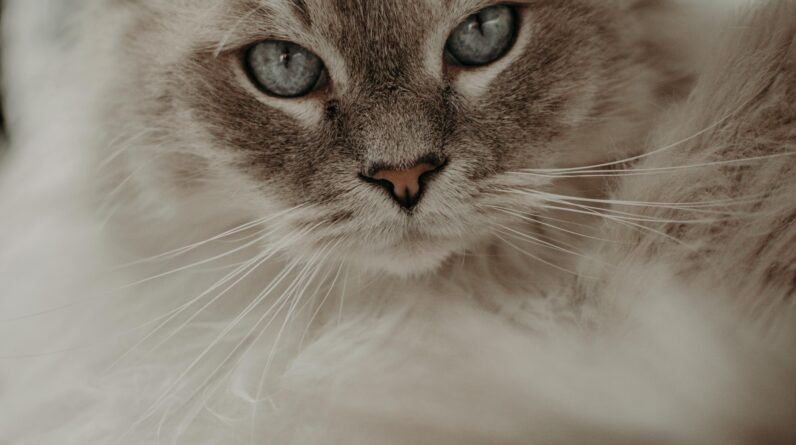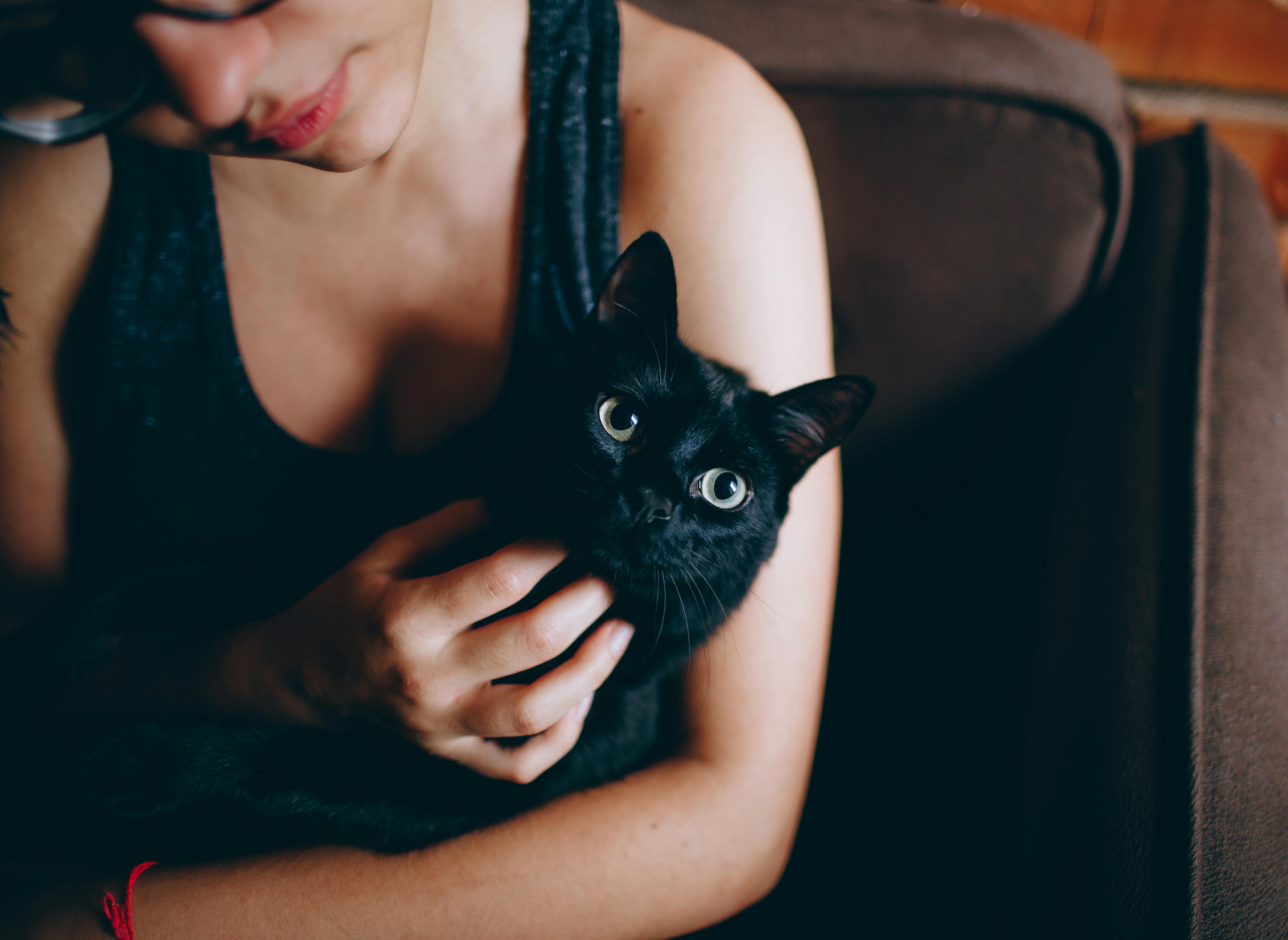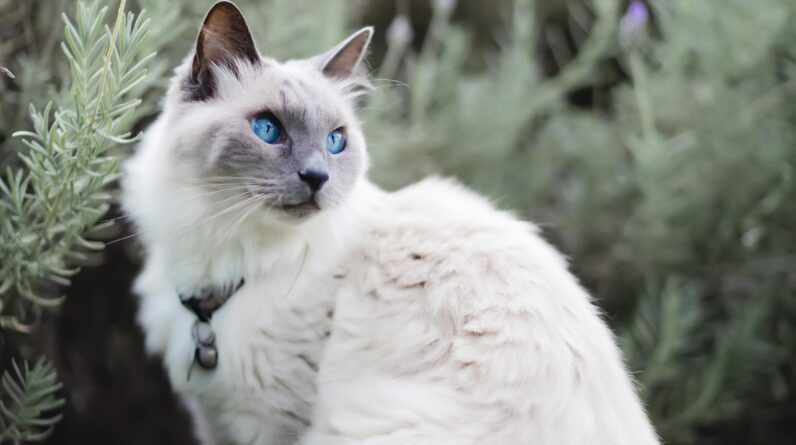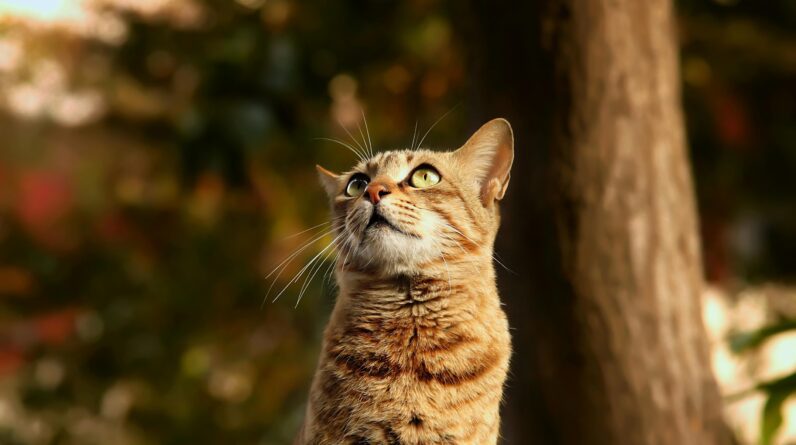
Have you ever imagined living with a gentle giant? Welcome to the world of the largest breeds of house cats! These majestic felines combine size and grace in an enchanting way. They are big, fluffy, and full of personality!
Cats like the Maine Coon or Norwegian Forest Cat can weigh up to 20 pounds. Their impressive size doesn’t just come from their weight but also their length. Some can stretch over three feet from nose to tail!
These large breeds have unique traits that make them stand out. For instance, the Ragdoll is known for its relaxed nature and striking blue eyes. The Savannah Cat, part domestic cat and part wild serval, has an exotic look.
If you’re considering one of these large feline friends, there’s much more to know! Understanding their needs helps ensure they stay healthy and happy.
Did you know vet visits for your ginger pal can cost up to $80, and emergencies can hit thousands? 😮 But worry not! Pet insurance has got your back. For a tiny cost, avoid huge bills and keep your kitty healthy. Click here for peace of mind and endless purrs.
Maine Coon: The Gentle Giant


The Maine Coon is often called the gentle giant of house cats. These cats are one of the largest breeds, known for their friendly and affectionate nature.
Maine Coons can weigh between 10 to 25 pounds, with males typically being larger. Their long, tufted ears and bushy tails give them a wild appearance that many find irresistible.
This breed has a thick, water-resistant coat that comes in various colors. Despite their size, Maine Coons are agile and playful. They love interactive toys and climbing high places.
You’ll also be charmed by their dog-like behavior! Maine Coons often follow you around the house and enjoy playing fetch.
Caring for a Maine Coon requires regular grooming. Their long fur can mat if not brushed weekly. They also need plenty of exercise to maintain a healthy weight.
- Weight: 10-25 pounds
- Lifespan: 12-15 years
Savannah Cat: Wild and Wonderful


The Savannah Cat is a remarkable blend of wild and domestic. This breed is known for its striking appearance and energetic personality.
Savannah Cats are hybrids, mixing a domestic cat with the African Serval. This gives them their unique look, featuring tall ears, long legs, and a spotted coat.
These cats can weigh between 12 to 25 pounds. They also have a high level of intelligence and curiosity that keeps you on your toes!
Savannahs are incredibly active. They love to jump, climb, and explore every nook of your home. Providing plenty of toys and activities will keep them entertained.
- Weight: 12-25 pounds
- Lifespan: 12-20 years
Ragdoll Cats: Fluffy Giants


If you adore big, fluffy cats, the Ragdoll is purr-fect for you! These gentle giants are known for their striking blue eyes and long, silky fur.
Ragdolls can weigh between 10 to 20 pounds. Males tend to be larger than females. Despite their size, they are incredibly docile and affectionate.
Ragdolls get their name from their tendency to go limp when picked up. This makes them wonderful cuddle companions!
- Weight: 10-20 pounds
- Lifespan: 12-17 years
Norwegian Forest Cat Characteristics
The Norwegian Forest Cat, or ‘Wegie,’ is a majestic feline. With its dense, water-resistant coat and bushy tail, it’s built for cold climates.
These cats are large and sturdy, weighing between 12 to 16 pounds. They have tufted ears and almond-shaped eyes that give them a wild appearance.
Despite their rugged looks, Wegies are friendly and social creatures. They enjoy spending time with their human families.
- Weight: 12-16 pounds
- Lifespan: 14-16 years
Caring for Large House Cats


Caring for large house cats like the Maine Coon or Norwegian Forest Cat requires some extra love and attention. Their size means they need more space to roam and play.
First, you’ll want a sturdy scratching post. These majestic felines have strong muscles that need exercise.
Second, consider their diet. Large breeds often require more food but be mindful of overfeeding. Balanced nutrition is key to keeping them healthy and happy.
- Provide ample space for movement
- Invest in durable toys
Regular grooming is another important aspect. Their thick fur can mat if not brushed frequently.
You should also schedule regular vet visits to monitor their health closely.
*Did you know vet visits for your ginger pal can cost up to $80, and emergencies can hit thousands? 😮 But worry not! Pet insurance has got your back. For a tiny cost, avoid huge bills and keep your kitty healthy.* Click here for peace of mind and endless purrs.







